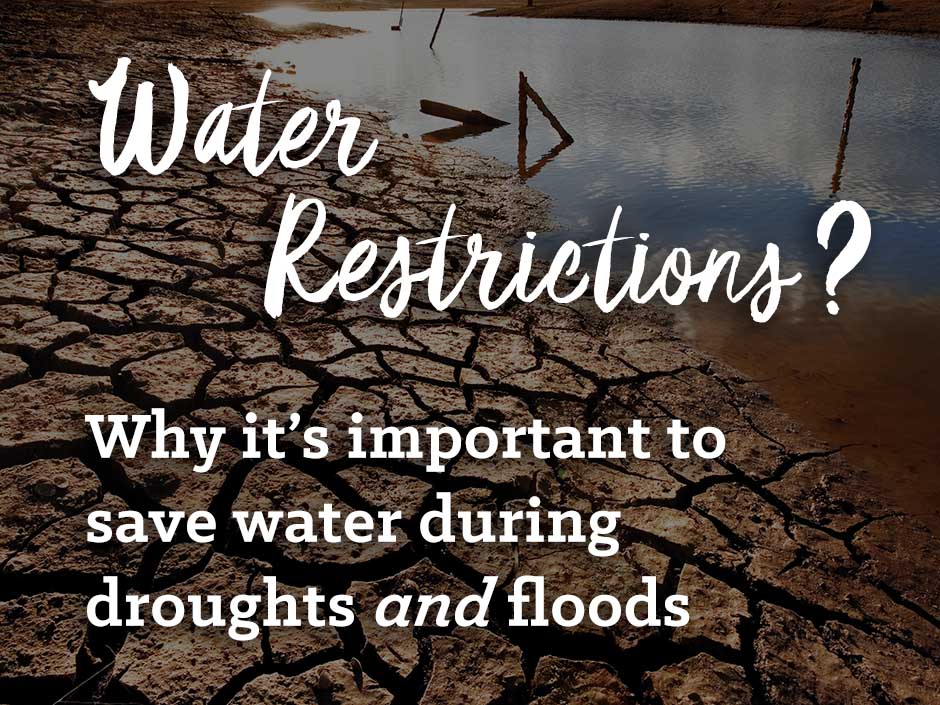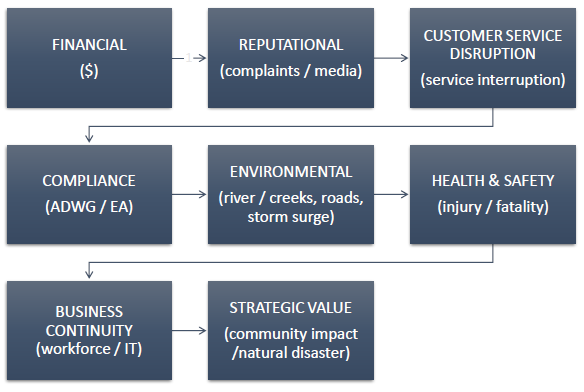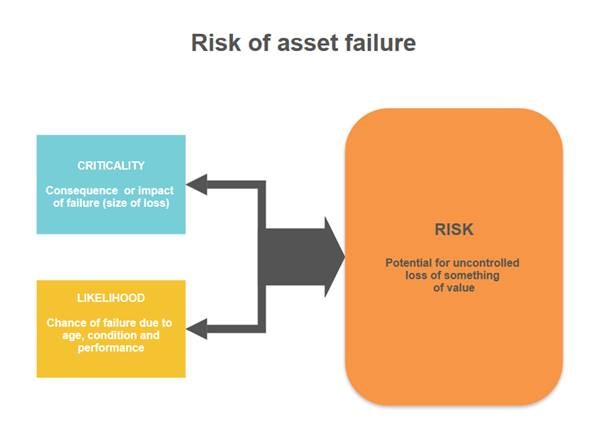Demand Management
A permanent reduction in water demand is identical to an increase in supply.
Water demand management may be defined as managing the demand for water to achieve a balance between economic, social equity and environmental outcomes. Such programs incorporate measures that improve water use efficiency, offer the opportunity to reuse and recycle water and minimise water waste.
Effectively managing water demands involves:
understanding how and where water is used
consideration of the costs and benefits of each option and
development and implementation of a demand management program.
From the perspective of Water Service Providers and their customers, a permanent reduction in water demand is identical to an increase in supply. By reducing demand, the costs of transferring and treating water are reduced and the capital investment required to meet the needs of growing communities can be deferred.
Advantages of reduced water use extend beyond these direct supply and financial benefits. From the perspective of the community and business, water bills can remain manageable. The environment can also benefit if there is reduced extraction from rivers and aquifers leading to increased flows which can improve river health. Lower energy consumption also leads to a reduction in greenhouse gas emissions. Indeed, the Intergovernmental Panel on Climate Change described demand management as a no-regrets solution to cope with future vulnerability of water supplies in the face of climate change impact (Bates, 2008).
Over the years, qldwater have produced a range of fact sheets and research papers on the topic. Funding through QWRAP also resulted in a report showcasing demand management programs from across Queensland and a range of tiles with waterwise tips designed to be easily shared by our members. Each tile consists of an interesting graphic designed to be shared on social media platforms along with additional information and tips for each topic. Click on the images to read more.










